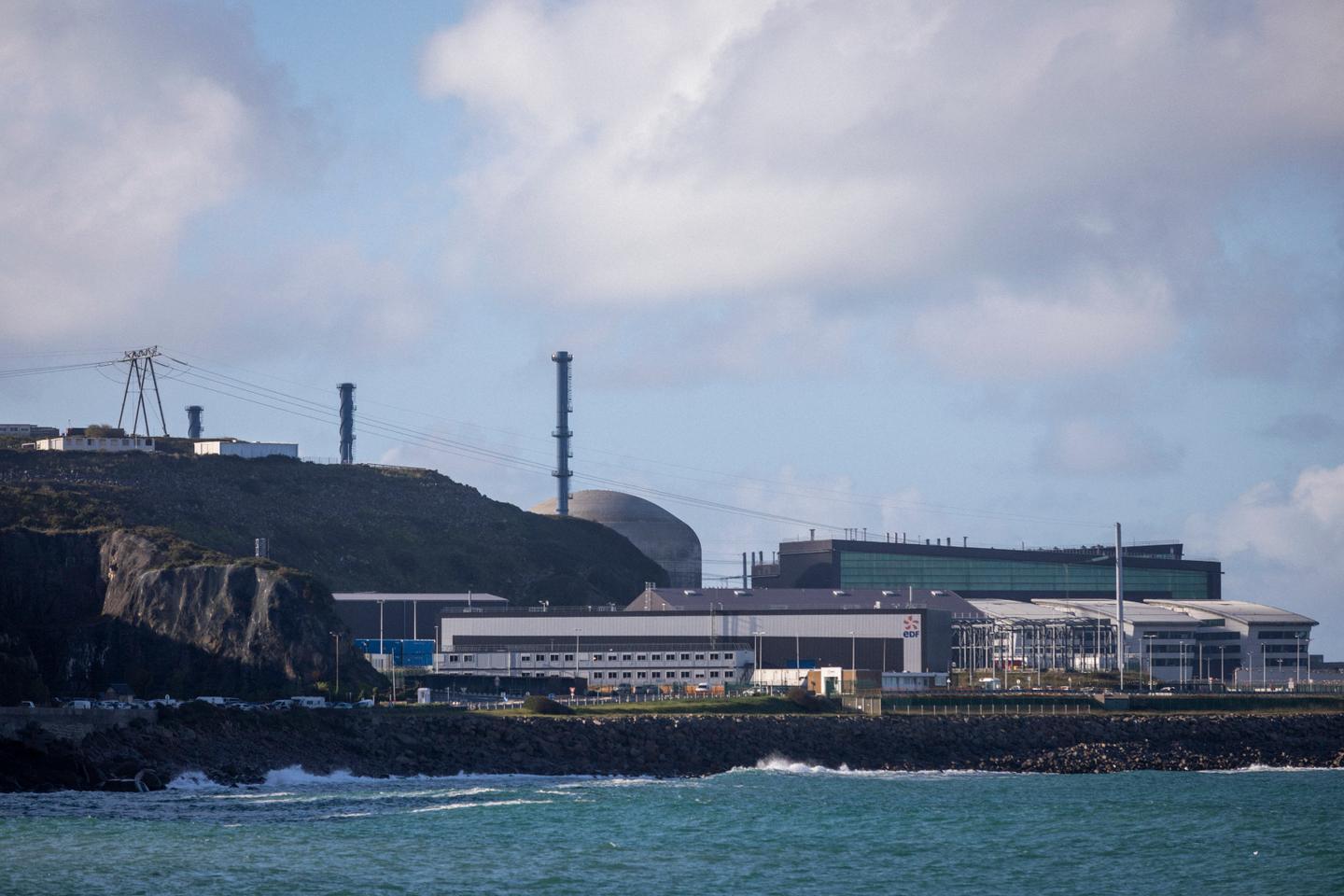- cross-posted to:
- [email protected]
- cross-posted to:
- [email protected]
Summary
France’s Flamanville 3 nuclear reactor, its most powerful at 1,600 MW, was connected to the grid on December 21 after 17 years of construction plagued by delays and budget overruns.
The European Pressurized Reactor (EPR), designed to boost nuclear energy post-Chernobyl, is 12 years behind schedule and cost €13.2 billion, quadruple initial estimates.
President Macron hailed the launch as a key step for low-carbon energy and energy security.
Nuclear power, which supplies 60% of France’s electricity, is central to Macron’s plan for a “nuclear renaissance.”



Good. Germany made a huge mistake for themselves and for all of Europe in shutting down their nuclear plants.
Except they were basically beyond design life.
And every new plant comes decades late and 4x the original budget.
But they planned on replacing it with natural gas. Not to mention that it was supposed to be Russian gas. Sweden pays for the shitty decisions in Berlin.
Sweden pays for having not enough inner country power lines. Look at the differences within their various market zones.
Case in point, base load prices for today:
Funny you mention market zones. They are an eu invention and we are forced to match prices because Germany can’t pull they’re own weight in the energy market.
Not to mention that the eu mandated market zones only applies when you aren’t Germany, because of reasons.
I don’t see yet how one would arrive at that conclusion regarding EPEX. Please explain.
Germany doesn’t have market zones. Cause it isn’t in their interest to have them.
I’m counting nine countries though that don’t have market zones:
And I’m not sure yet how high prices (or rather not high prices at the time of the screenshot) in southern Sweden are linked to Germany not being separated into more than one zone. If Sweden could transport their energy from North to South, the South would be able to use the cheaper energy from there, but apparently that isn’t possible at the moment.
The main issue isn’t transport. Its the fact that we are mandated to sell the excess to EU before we take care of our own.
Expanding the transit lines at this point would only lead to German industry purchasing even more Swedish electricity, driving up the prices in the north of Sweden as well and killing the rest of the industrial base. The German effect deficit is larger than the entirety of the dispatchable electricity capacity in Sweden. In some 5-10 years, the northern surplus there will be used up anyway due to the electrification of the Swedish steel industry.
The ugly truth is that this situation will only be resolved when Germany take responsibility for their own grid, or the transmission lines get cut. The Swedish economy is highly electrified (~70% of energy consumed) and low carbon (~80% of energy consumed), especially when compared to Germany (~35% of energy as electricity, 25% low carbon).
One of the main differences is heating. Economically vulnerable Swedes are literally being driven out of their homes because of German electricity imports, which are enforced by the EU.
Fortunately these aren’t the only options.
Yeah, but the decision was made in 2011 after Fukushima, and before the Russian invasion in 2014. At this time it did make sense, gas was much cheaper and Germany still had an has no long term plan to deal with the nuclear waste.
How does it make sense to compare yourself to a natural disaster that would be impossible on German land? Central Europe doesn’t lie on one of the biggest fault lines in the world.
However, if you start talking about putting nuclear plant on Iceland you might rise a few eyebrows.
They didn’t stop buying gas until the invasion 2022. Im not even sure that they don’t do it now, just cant admit to it publically. And as a swede, i find it incredibly naive to trust any Russian government ever in the history of ever. There has never existed any trust between russia and Sweden/Finland. Only mutual assurance.
Removed by mod
Wow, that’s good news! I guess we can just pay residents some rent to store the 4,925 40-foot containers full of
nuclearharmless waste in their backyards then. Years of planning from scientists and engineers and millions of spending could have been avoided if the experts would have just read the comments on the internet!http://large.stanford.edu/courses/2017/ph241/dory2/
Removed by mod
They have cheap Russian gas so who nee…